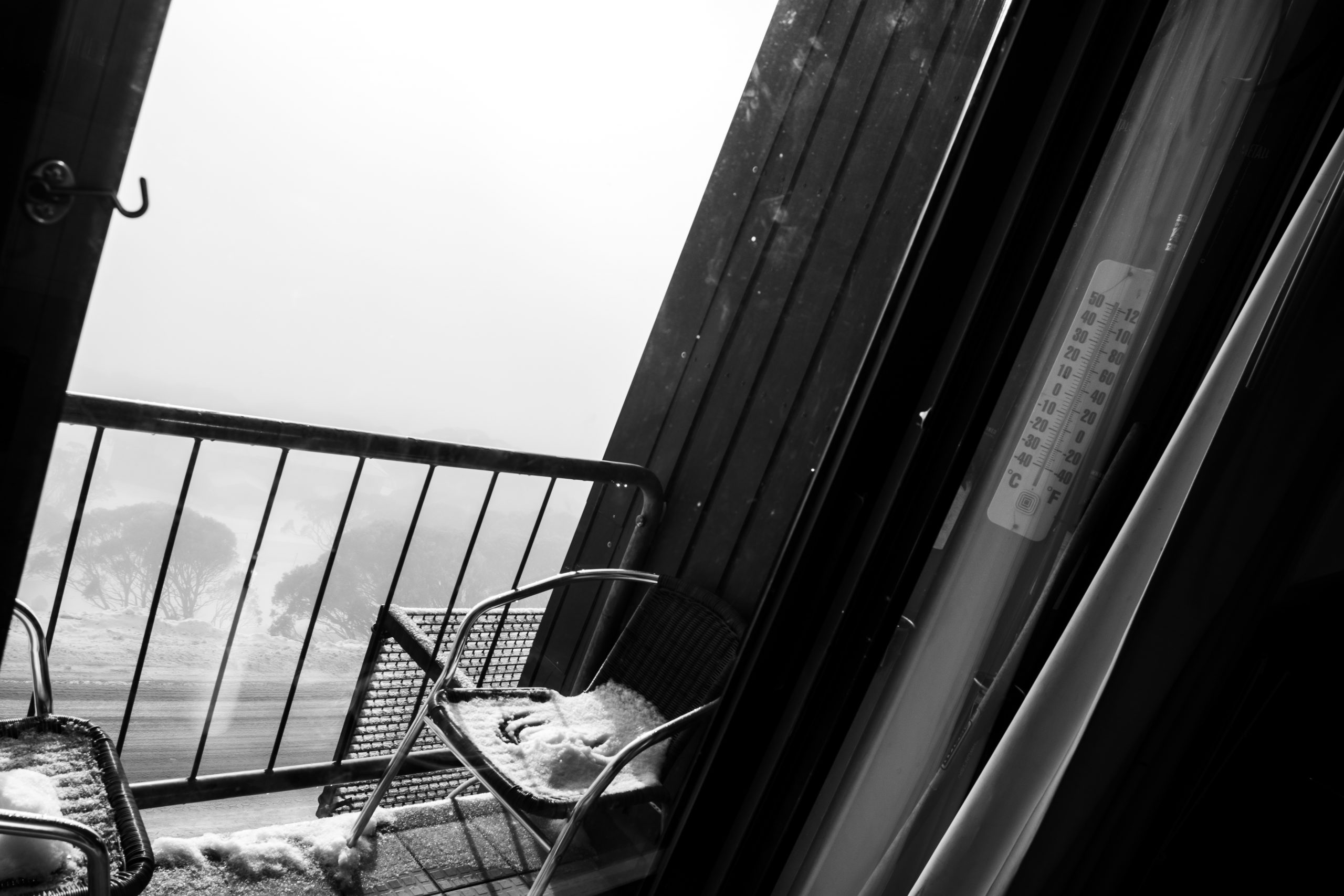
Rising interest in Passive Design
The interest in passive design for residential development has been growing rapidly in Australia. A passive design makes use of the solar radiation and ambient environment to condition (heat, cool and ventilate) spaces as opposed to using active systems such as air conditioners. The motivation for this greener shift in design is simple – improved energy efficiency (Truong & Garvie 2017). Passive design buildings are found to be more energy efficient and comfortable than conventional buildings in Australia (Miller, Buys & Bell 2012; Moore et al. 2017; Peterkin 2009). Energy efficiency is higher with passive design as it reduces or eliminates the active heating and cooling which accounts for 40 % or more energy consumption in an average Australian house (Australian Government 2013b). Additional benefits of passive design include reduced carbon footprints and occupant comfort (Truong & Garvie 2017). Thus, the active pursuit of passive design makes sense not only economically but also environmentally and socially. The question that now emerges is how do you measure the “passiveness” in residential design?
Measuring the “passiveness” of design
For years the conventional way of measuring energy efficiency in Australian households has been the Nationwide House Energy Rating Scheme (NatHERS 2019) assessments (used by the National Construction Code (NCC)). NatHERS assess the annual heating/cooling load and provide a rating from 0 to 10 for energy efficiency – 10 being the most energy efficient. The minimum requirement for housing development in most states is 6 stars which “indicates good, but not outstanding, thermal performance” as stated by NatHERS (2019). With the passive design, up to 10-star NatHERS rating is achievable in certain climate zones such as warm temperate (zone 5) and mild temperate (zone 6) (Australian Government 2013a).
However, energy efficiency is, and, should not be the only criterion for efficient design – which makes the passive houses even more promising. As passive designs strive to utilise maximum sunlight – they were found to provide better thermal comfort as opposed to the conventional ones (Miller, Buys & Bell 2012; Moore et al. 2017). The studies conducted to study the performance of passive houses are limited in Australia and focused on evaluating thermal comfort only and rarely on air movement or ventilation or airtightness – which is also a highly debated topic in Australia. Australian houses are known for their “leaky” houses (Ambrose & Syme 2017) as opposed to their European counterparts. Airtightness of a building controls the inflow and outflow of outside air. The controlled airflow (such as through windows or mechanical systems) aids in controlling carbon dioxide and outdoor pollutants (Leela, Daniel & Mark 2020). Ambrose and Syme (2017) found that many newer residential developments still perform poorly in terms of airtightness. Ambrose and Syme (2017) further explain that air infiltration results do not influence the star rating at present, which keeps the motivation to improve air infiltration design to a minimum.
Passive House certification to measure the performance of solar passive design

As there was no native tool to measure the design features and the performance of a house as a whole including energy efficiency, thermal performance as well as ventilation – the Passive House (PassivHaus) certification was borrowed from Germany and is now promoted by The Australian Passive House Association (APHA 2018). The Passive House certification requires measurement of annual energy load, heating and cooling load, airtightness, and thermal comfort (temperature and relative humidity) (APHA 2018). To ensure minimum ventilation, Passive house requires using mechanical ventilation and/or high-performance windows (Kroll et al. 2019) instead of relying on users to open windows. In Australia, It was found that the window opening strategy is used to achieve higher thermal comfort as opposed to achieving appropriate ventilation (Kroll et al. 2019) – in such a case, the Passive house ventilation strategy seems important. Although, it can be argued that occupants could be educated to open windows even in passive solar design, which technically is possible; however, it was reported that “it is intrinsically difficult to change these habits for sustainability” (Kroll et al. 2019, p.362). Currently, research conducted to comprehensively assess the air quality performance of Passive House buildings is as limited as it is of the passive solar buildings as the main centre of research still remains energy efficiency. One research conducted in a Passive House in Canberra found the house to be not only highly efficient but also showed “exceptional levels of comfort and indoor air quality” (thermal comfort and carbon dioxide) (Truong & Garvie 2017, p.214). Truong and Garvie (2017), however, recommended conducting further research on more houses in various climatic conditions to assess the applicability of Passive houses in Australia.
It appears both passive solar and Passive Houses have the potential to improve the current housing standards in Australia in terms of energy efficiency and thermal comfort. The benefit of Passive House certification is that it provides a matrix to measure passive design holistically. If a passive solar design considers and measures the performance of all the Passive House features including airtightness and ventilation, then it would be only a matter of certification between the two. For example, as achieved in the Sydney case study discussed in Kroll et al. (2019,p. 370) where a solar passive house was built and assessed as per the Passive House standards – and was found to achieve “the ideal of ‘passive design’ and ‘indoor-outdoor’ living standards of Australia. As such, there is no doubt that both Passive House and Solar Passive cannot go hand in hand in Australia to raise the liveability and sustainability standards in Australian households.
References
Ambrose, M & Syme, M 2017, ‘Air tightness of new Australian residential buildings’, Procedia Engineering, vol. 180, pp. 33-40.
APHA 2018, Passive House Criteria, The Australian Passive House Association (APHA), Australia <https://passivehouseaustralia.org/APHA/What_is_Passive_House/Criteria/APHA/What_is_Passive_House/Criteria.aspx?hkey=34f3fc0e-f4a0-4a0e-a8e2-12486461aa48>.
Australian Government 2013a, YourHome: Design for climate, <https://www.yourhome.gov.au/passive-design/design-climate>
Australian Government 2013b, YourHome: Passive design, Australian Government, <https://www.yourhome.gov.au/passive-design>.
Kroll, D, Breen Lovett, S, Jimenez-Bescos, C, Chisnall, P & Aitchison, M 2019, ‘Passive house vs. passive design: sociotechnical issues in a practice-based design research project for a low-energy house’, Architectural Science Review, vol. 63, no. 3-4, pp. 361-371.
Leela, K, Daniel, D & Mark, D 2020, ‘”What impacts does increasing airtightness have on mould, condensation and measures of indoor air quality?”‘, vol.
Miller, W, Buys, L & Bell, J 2012, ‘Performance evaluation of eight contemporary passive solar homes in subtropical Australia’, Building and Environment, vol. 56, pp. 57-68.
Moore, T, Ridley, I, Strengers, Y, Maller, C & Horne, R 2017, ‘Dwelling performance and adaptive summer comfort in low-income Australian households’, Building Research & Information, vol. 45, no. 4, pp. 443-456.
NatHERS 2019, Home energy star ratings, Nationwide House Energy Rating Scheme, <https://www.nathers.gov.au/owners-and-builders/home-energy-star-ratings>.
Peterkin, N 2009, ‘Rewards for passive solar design in the Building Code of Australia’, Renewable Energy, vol. 34, no. 2, pp. 440-443.
Truong, H & Garvie, AM 2017, ‘Chifley Passive House: A Case study in Energy Efficiency and Comfort’, International Conference on Improving Residential Energy Efficiency, IREE 2017, vol. 121, no. Energy Procedia pp. 214-221.